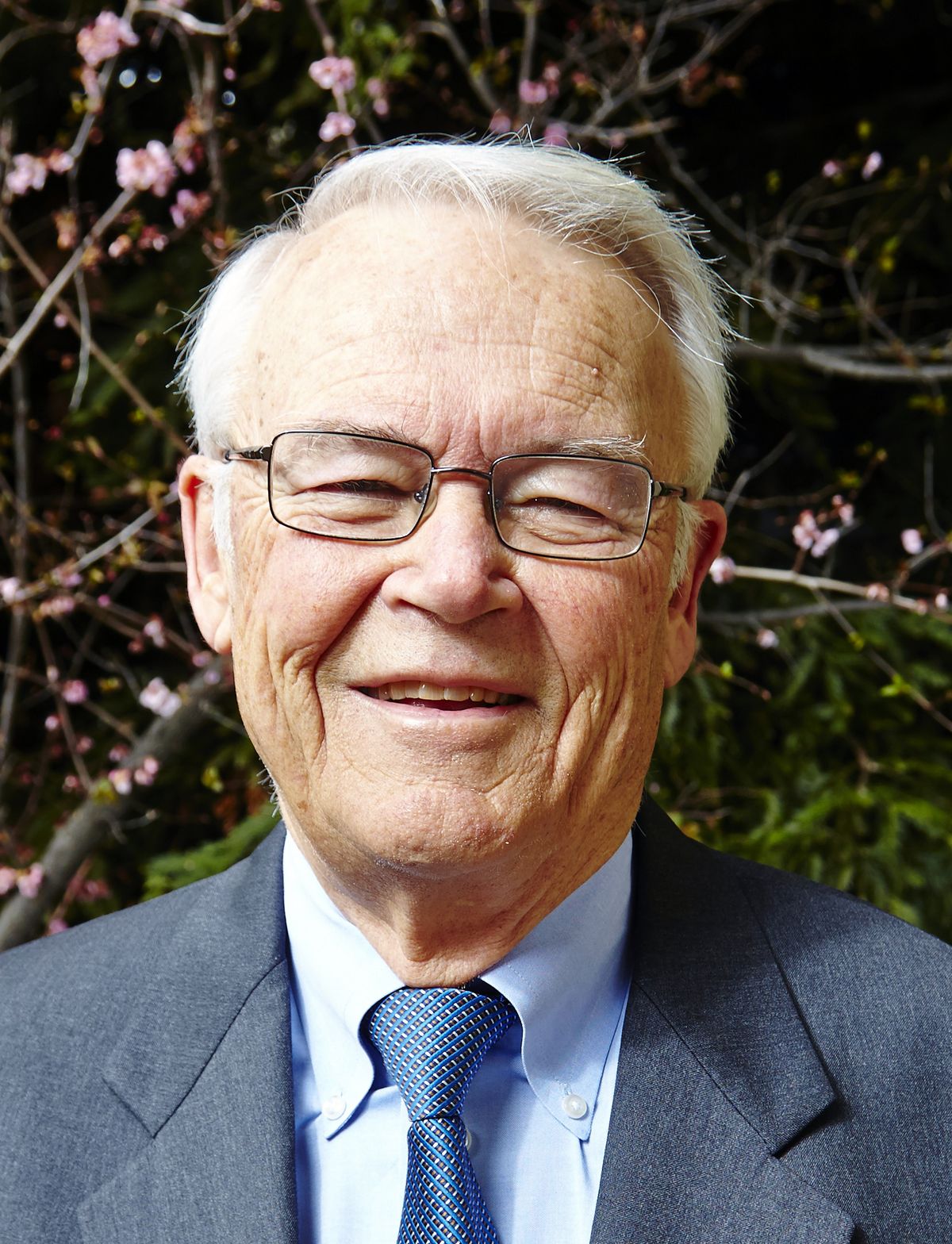David Aaker on Purpose-Driven Branding

We've got a treat in store for you this week, one I've been saving up to publish - an interview with the father of modern branding, David Aaker. I've been a fan of David for decades, since I first came across his second book, Building Strong Brands, in a Palo Alto, CA, bookstore. David is Vice Chairman of the international branding strategy and transformation consultancy Prophet and Professor Emeritus at the University of California, Berkeley's Haas School of Business. I interviewed David broadly about branding and more specifically about his recent book, The Future of Purpose-Driven Branding: Signature Programs that Impact and Inspire Both Business and Society. Enjoy!
I'm always interested in origin stories. You were born in Fargo, North Dakota, which is a long way from San Francisco and the Bay Area. Tell me something about how that shaped you as a person.
Well, Fargo is right on the border of Minnesota, so we're kind of like Minnesota, and there's an expression, Minnesota nice. And what it really means is that the people there, often with a Norwegian or Scandinavian background, are just nice people. And that's where I grew up. My father was an engineer for the telephone company and my mother was a homemaker.
What initially sparked your interest in brand strategy, Dave? Was it a teacher, perhaps a business leader, or maybe a brand story?
It was in the eighties, late eighties. And I had written a book on business strategy, was teaching it and I got to believe that people were too focused on short-term financial measures, and they needed to take a longer-term view. They needed to build assets. And I did a study which indicated one of their main assets was brands. And so, I wrote my first book, Managing Brand Equity, which defined brand equity. Nobody had defined brand equity. So, I defined it. And people resonated with that. My definition incidentally included brand loyalty, which nobody else had done. It really helped change the way people looked at brand. It made it strategic.
And then you followed that up with a second book.
The response to that book was so great. And people kept telling me to me, okay, I understand it now, and I know I should do it, but how? So, I wrote the book, Building Strong Brands. Those two books were really the blockbusters in my career. They've gotten 50,000 citations. They sold more than 200,000 copies, 50,000 in China alone.
What was the thrust of Building Strong Brands?
The model of the day was advertising, where you create a single thought, a three-word phrase, that drives the whole advertising paradigm. And people had delegated branding to advertising, and I said, “No, no, no, a brand is multi-dimensional. You know, it's six, eight, 12, 14 dimensions, some of which are more important than others – which we’ll call the core dimensions – but it’s not a three-word phrase.
The second thing I said is it's not check off the box. It includes things like personality and organizational values, and those dimensions are not pre-specified, you generate them for yourself. You say, “What do I want to stand for?” And those dimensions are useful.
When did purpose-driven branding, what you call higher-purpose brands, first come across your radar, Dave?
Well, I've long been interested in this element of branding. It’s engaged over time about 20% of my interest.
A long time ago I wrote a Harvard Business Review article on how customers ought to respond to consumer protection issues and how firms ought to respond. So, my interest goes way back. In fact, almost all my books have a chapter on social, I mean, on company values and so forth, and that gets into their social efforts.
Do you think the movement for higher purpose in business is being driven by market forces of enlightened strategic leaders?
By both. Really, I think the one of the bright spots in the United States and indeed the world is the impact of businesses on the enormous societal challenges we face, like inequality, climate change, and peoples’ wellbeing. It’s hard to find a business whether it’s small or large that has not got a serious intent to do really something about these challenges. It’s really quite amazing.
What would you say is the catalyst for this widespread business movement?
It’s driven a lot by the fact that employees really demand it. Employees don’t want to work for a company that’s just in the business of maximizing profits, especially younger employees – they won’t stay with a company that has that attitude. So, you really have to have a higher purpose in order to attract those people.
Then you’ve got customers. Customers want to connect with companies, with firms they respect. The number of customers might not be large, but it doesn’t take a large percentage. Even 10% of the market can mean the difference between and thriving.
So, your book Building Strong Brands taught people how to implement brand strategy. What advice do you have for companies seeking to create higher-purpose brands?
First, you give your initiative a brand and call it a signature program because they represent what you do, your total effort and your values. And you use that brand to help your business brand. A brand in my estimation has three things: First, it has relevance, which is visibility and credibility. It has image, which is both functional and emotional. And it has brand loyalty, which involves engagement and so on. A social program can do all three things.
What’s a good example of a signature social program?
The Dove Real Beauty Program. They stumbled across the idea that women were facing artificial standards of beauty and turned it into the “Real Beauty” campaign and developed a self-esteem program for girls from 11-14 years old that’s indisputably affected the lives of hundreds of millions of women and girls. Dove’s sales also doubled in just 10 years – and that’s in a category that never grows!
Patagonia is another company that has seen that kind of growth by virtue of living up to its values and doing it in a very public way. Their Worn Wear is a good example of branding a program. It’s tough to brand environmental programs; the problems from climate change to water conservation are just so big and require immense resources. They mostly consist of grants and volunteering in hundreds of little programs that aren’t branded. Patagonia is one of the few that has been successful at it.
It seems that many newer, younger companies today have this sense of purpose imbued in their DNA from the start. What advice do you have for legacy companies looking to start signature social programs.
I think the problem they face is not that their heart is in the wrong place; they’re likely doing a lot already, but it’s unfocused and not managed well – it’s all over the map and nothing is branded. They need to make it systematic and put a brand on it.
Like what you've just read? Please subscribe to help us spread the word of business for good.
